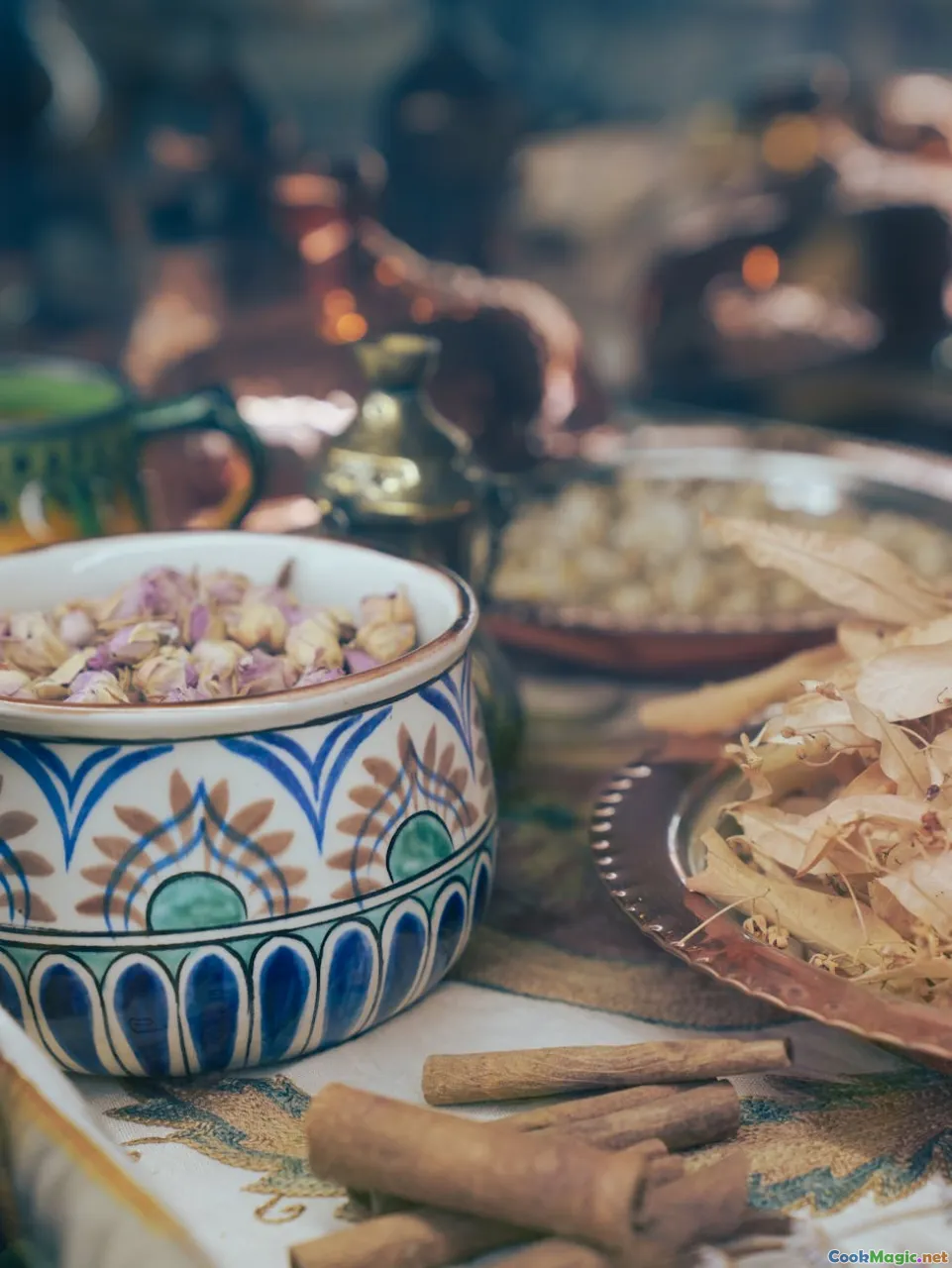Herbs and Spices Unique to Solomon Islands Cooking
8 min read Discover the vibrant herbs and spices that define Solomon Islands cuisine, blending tradition, flavor, and island spirit in every dish. April 24, 2025 23:00
Herbs and Spices Unique to Solomon Islands Cooking
Imagine walking along the lush, verdant islands of the Solomon Islands—where the air is thick with the scent of salt, tropical blooms, and the earthy aroma of freshly harvested herbs and spices. This rich sensory tapestry is not just a backdrop but an integral part of the islands' culinary identity. The Solomon Islands, with their diverse cultures and deep-rooted traditions, have cultivated a unique palette of herbs and spices that elevate their cuisine from simple sustenance to a celebration of island life.
An Introduction to Solomon Islands’ Culinary Essence
The Solomon Islands are a sprawling archipelago in the South Pacific, home to over 900 islands and a mosaic of indigenous cultures. Food here is more than nourishment—it's a language of community, history, and spirituality. Indigenous cooking techniques, such as lovo (earth oven cooking)andraw fish marination, are complemented by the vibrant flavors imparted by locally sourced herbs and spices.
While global cuisines often rely on common herbs like basil or oregano, Solomon Islands’ culinary traditions have nurtured a distinctive assemblage of botanicals that are both aromatic and medicinal. These ingredients are woven into daily life, offering a taste of the islands’ natural bounty and cultural resilience.
The Heart of Solomon Islands’ Herbs and Spices
1. Taro Leaves and PandanusThough primarily known for their leaves rather than as spices,taro leavesandpandanus (screwpine) add a unique aroma and flavor profile to dishes. Pandanus, with its fragrant, pineapple-like scent, is often used to wrap foods or infuse liquids, imparting a sweet, floral note.
2. Lovo and the Use of Charcoal-Infused HerbsIn traditional cooking,lovoinvolves burying food in an earth oven with hot stones. Herbs likewild basilandlemon grass are often added to enhance flavor and aroma, creating a smoky, herbal infusion that permeates the meat, fish, and root vegetables.
3. Chili Peppers and Pungent SpicesSpicy heat is a vital component of many island dishes. The localbird’s eye chili—small but fiercely hot—adds a bright, fiery kick and is often used fresh or dried. Its pungency complements the coconut milk-based sauces and grilled seafood.
4. Kava Root and Its Herbal InfusionsWhile primarily known for its ceremonial use,kava extracts are sometimes incorporated into cooking, offering earthy, peppery undertones. Though not a spice in the traditional sense, its use highlights the islanders’ deep botanical knowledge.
5. Native Pepper and AllspiceThenative pepperof the Solomon Islands—distinct from the black pepper—has a milder, more aromatic heat. It’s often used in marinades and stews. Similarly,allspice berries are occasionally incorporated, adding warm, sweet-spicy notes.
6. Herbs for Medicinal and Flavor PurposesLocal herbs likelemon balm, ginger, and turmeric are utilized both for their healing properties and flavor. Ginger, in particular, is a staple in many dishes, lending a sharp, spicy warmth.
Traditional Dishes Highlighting Local Spices
Kokoda (Marinated Fish)
This popular dish showcases raw fish marinated in lime juice, coconut cream, and finely chopped chili peppers. The freshness of the fish is complemented by the fiery heat of local chilies and the aromatic brightness of lemon grass.
Lovo Cooked Meats and Vegetables
The earthy, smoky flavors of lovo are enhanced by herbs like wild basil and pandanus leaves, which impart a fragrant aroma. The slow-cooked meats absorb the herbal essence, resulting in tender, flavorful bites.
Coconut Crab with Spiced Herbs
Coconut crab, a delicacy, is often cooked with a marinade of crushed chili, lemon grass, and native pepper, adding layers of heat and aroma.
Cultural Significance and Personal Reflections
Having traveled through the islands and tasted their vibrant dishes, I’ve come to see herbs and spices here as more than flavor—they are storytellers. Each herb carries centuries of tradition, spiritual significance, and ecological knowledge.
For example, the use of pandanus leaves is deeply connected to island rituals and celebrations. The fragrant leaves are believed to invite good spirits and ward off evil, embedding spirituality into everyday cooking.
In my own culinary explorations, I’ve learned that the boldness of Solomon Islands’ herbs and spices mirrors the resilience and warmth of its people. Their flavors are not merely ingredients but expressions of their environment, history, and identity.
Preserving and Innovating with Local Flavors
Today, younger generations and local chefs are blending traditional herbs with modern techniques, creating innovative dishes that honor their roots while appealing to global palates. Organic farming of herbs like lemon grass, wild basil, and chili peppers is gaining momentum, ensuring these flavors are preserved for future generations.
Final Thoughts
The herbs and spices of the Solomon Islands are a vibrant testament to the islands’ rich biodiversity and cultural heritage. They evoke island life—bright, spicy, aromatic, and deeply rooted in tradition. Exploring these ingredients is an invitation to immerse oneself in the islands’ history, spirituality, and everyday joys.
Whether you’re a home cook, a culinary adventurer, or simply a food lover, embracing Solomon Islands’ unique herbs and spices opens a door to a world of bold flavors and meaningful stories. So next time you reach for your spice rack, remember that somewhere across the Pacific, an islander is seasoning their life with the fragrant gifts of their land.









